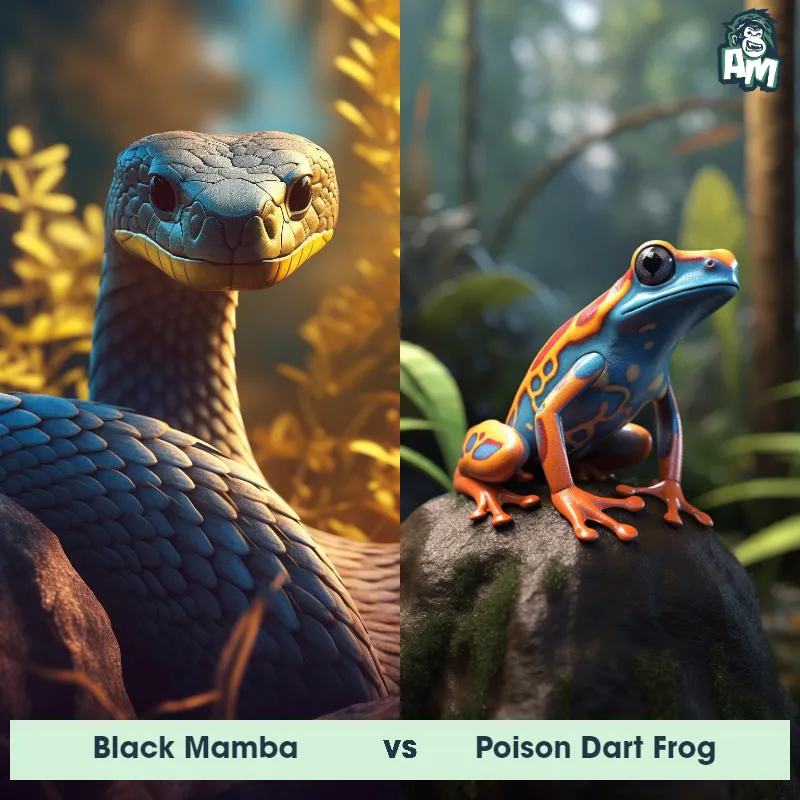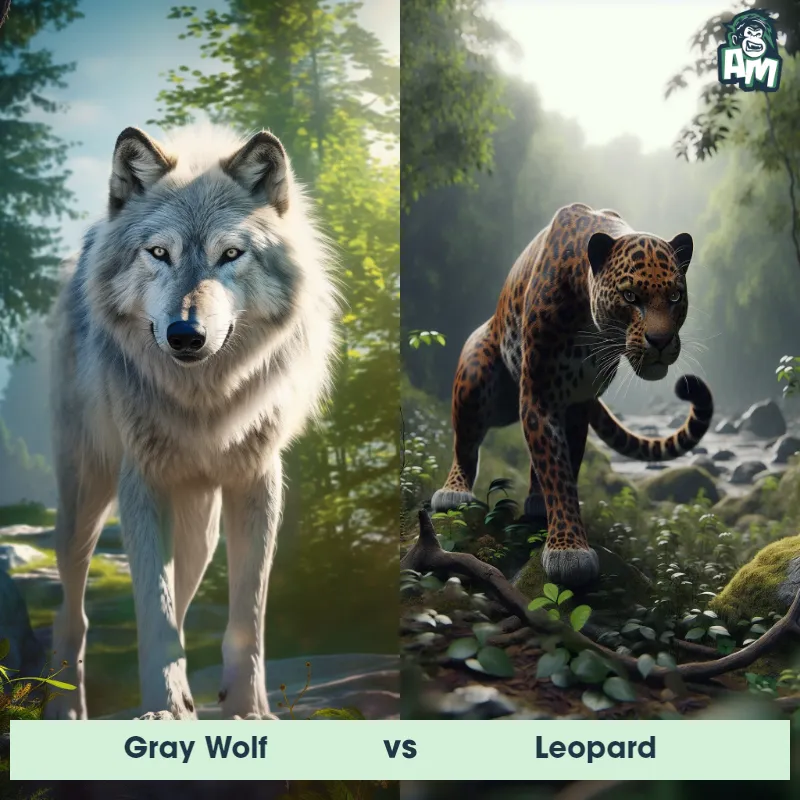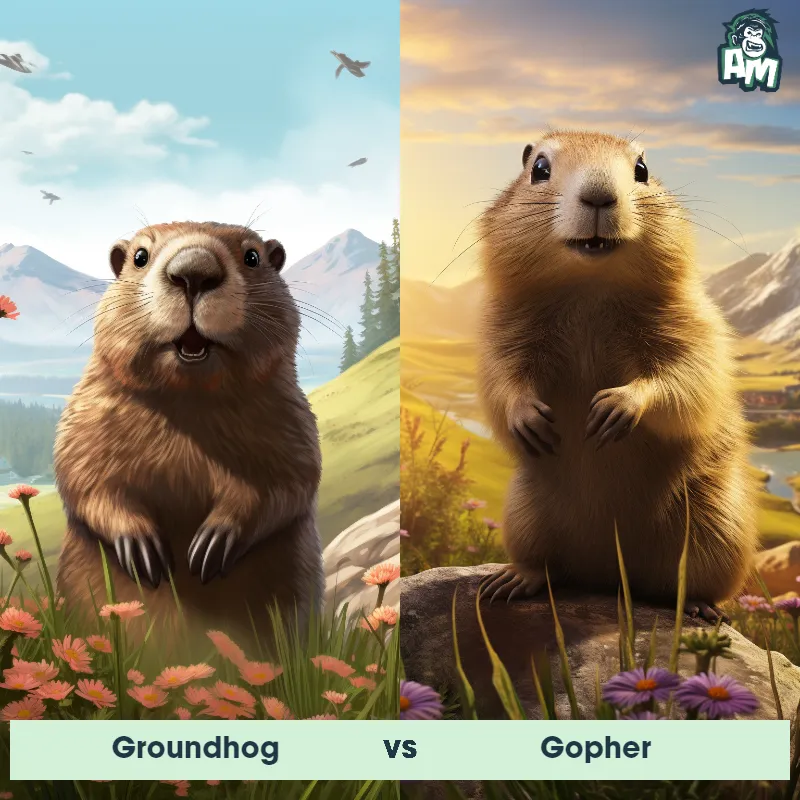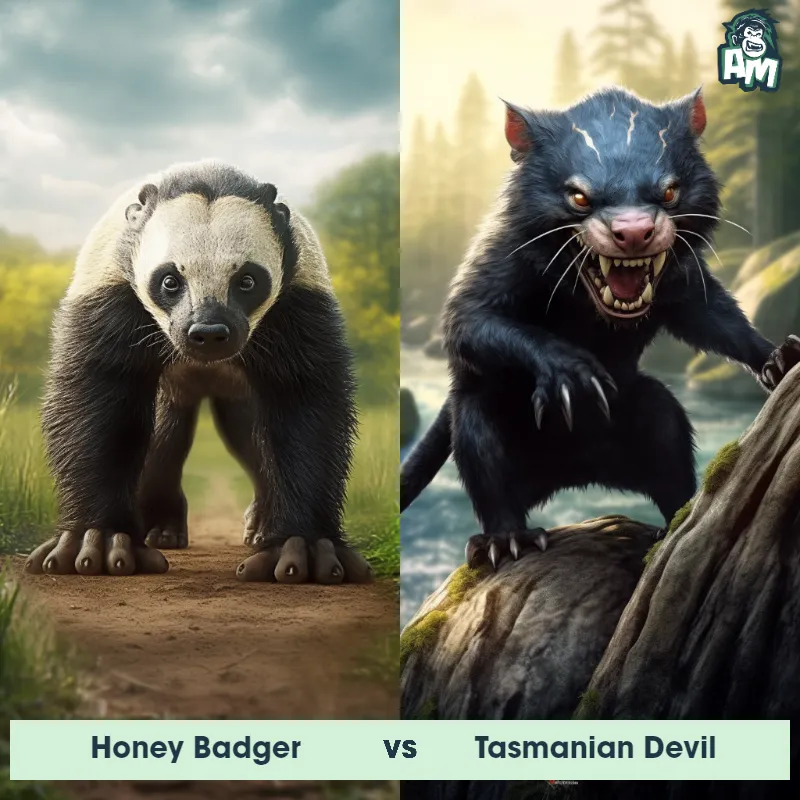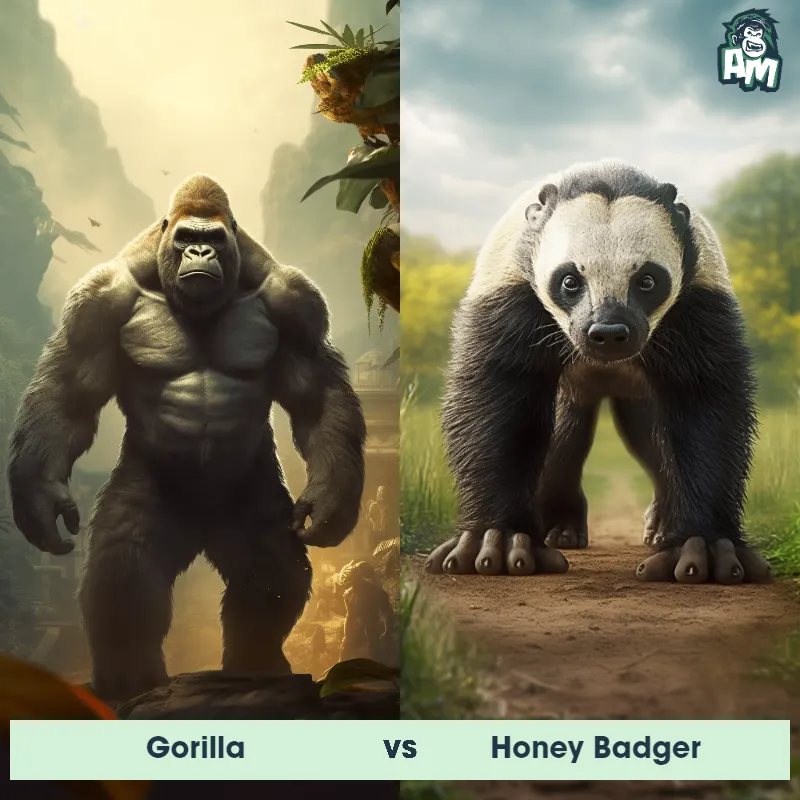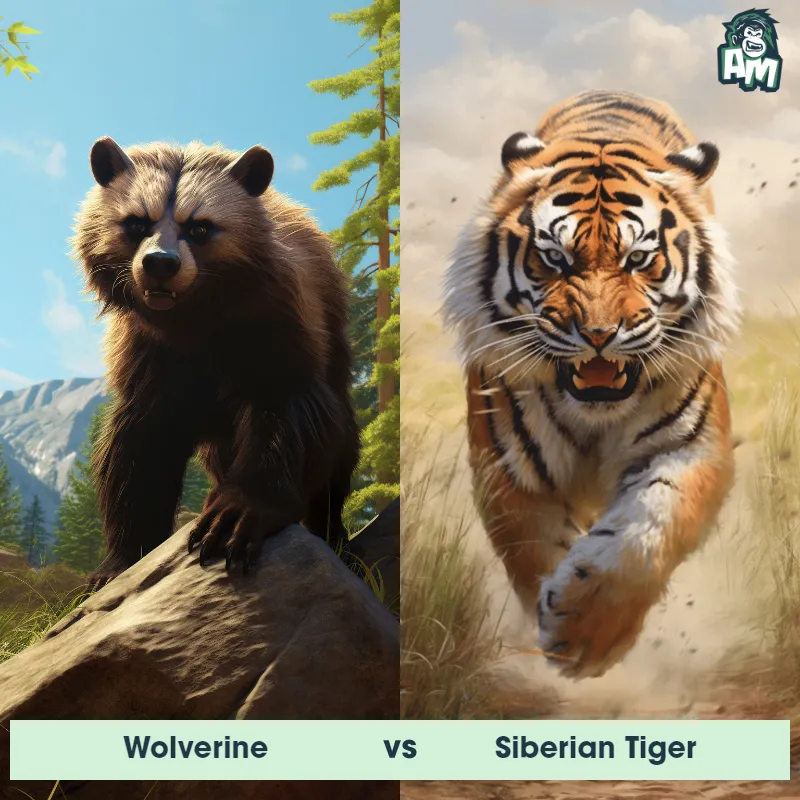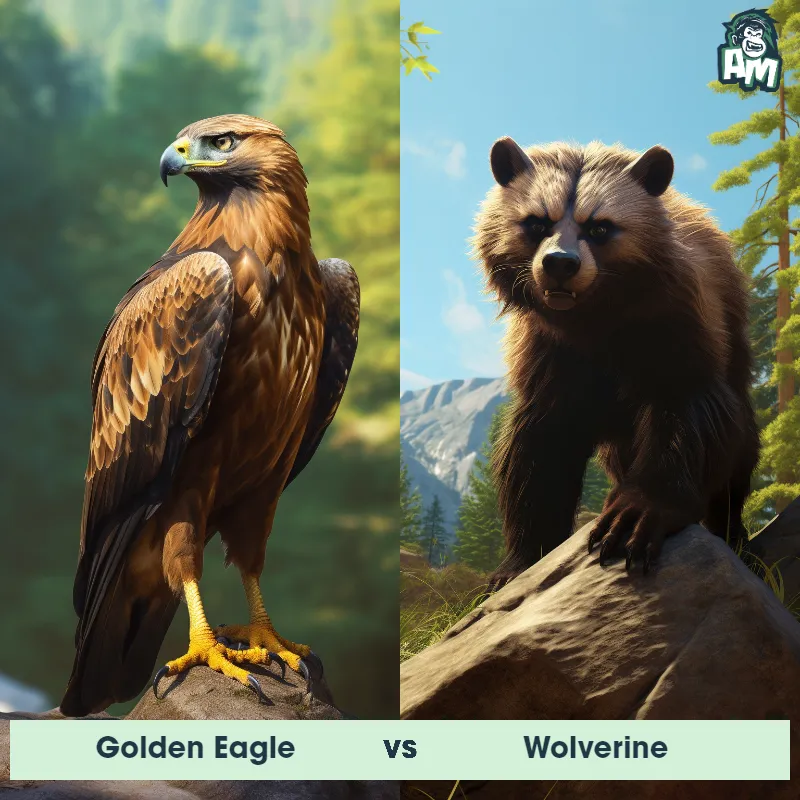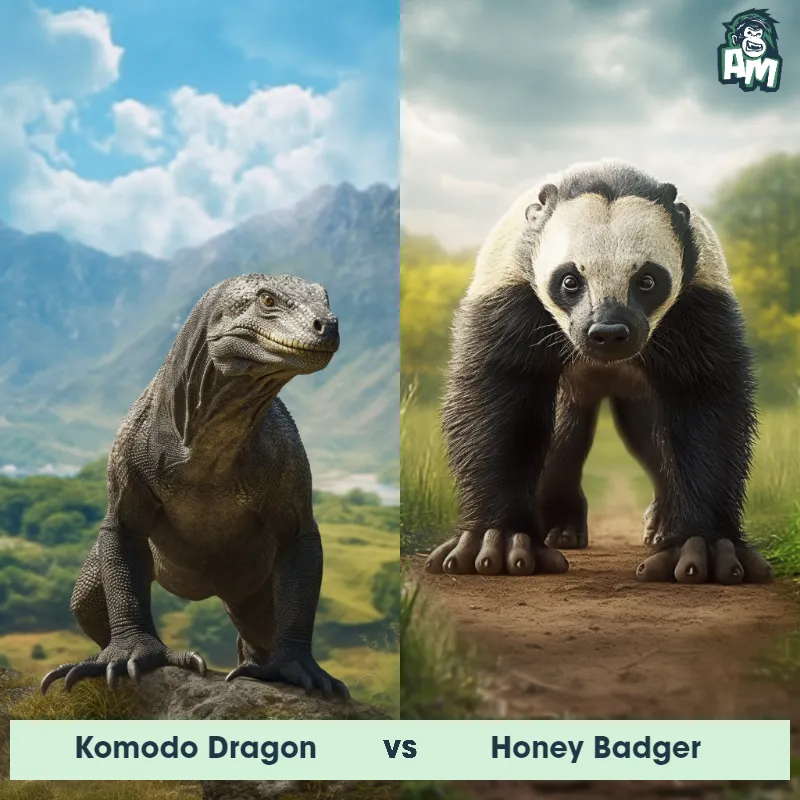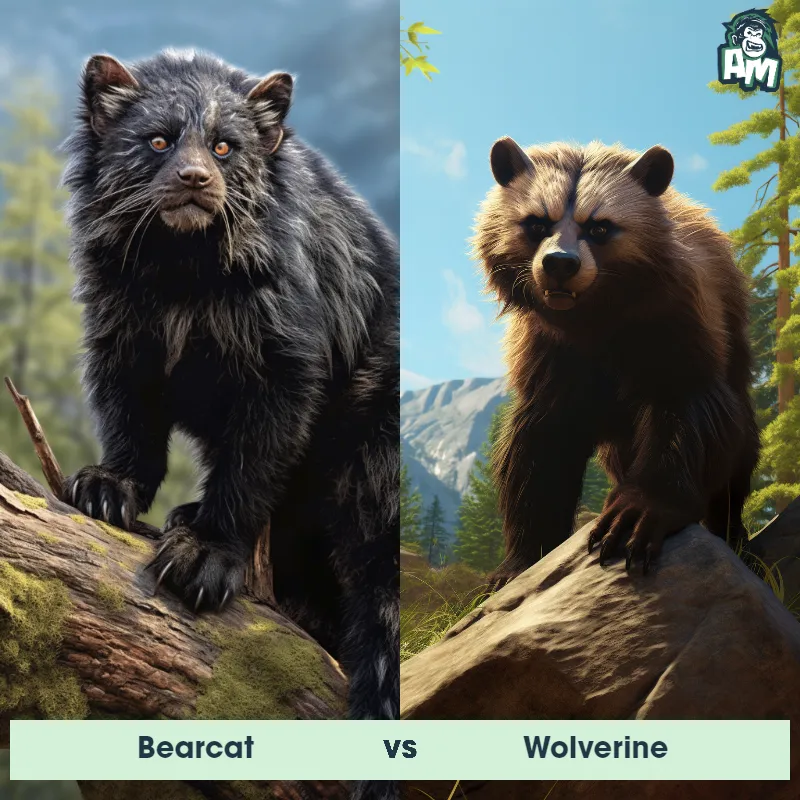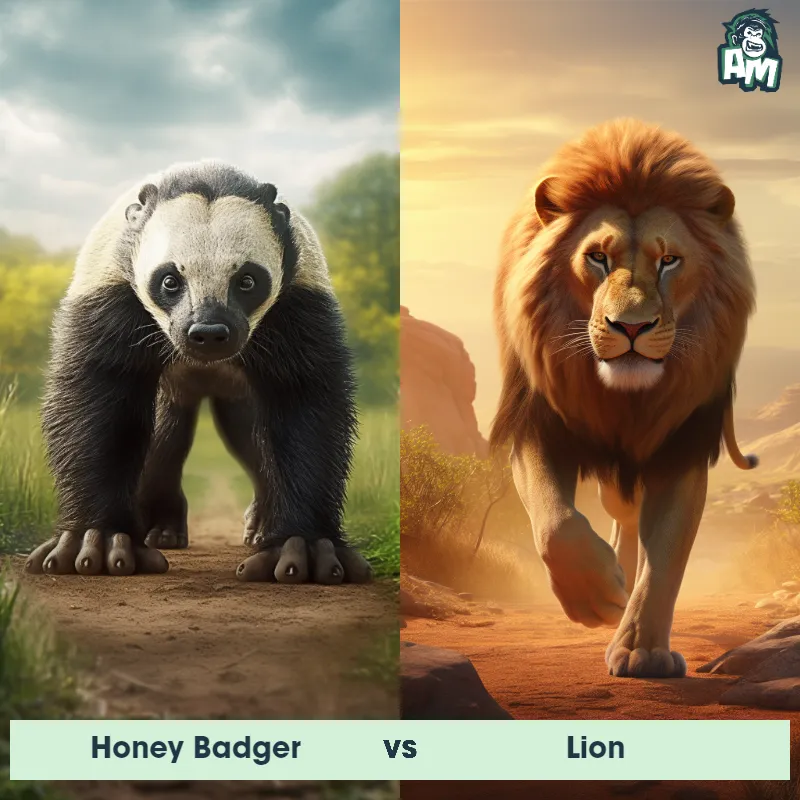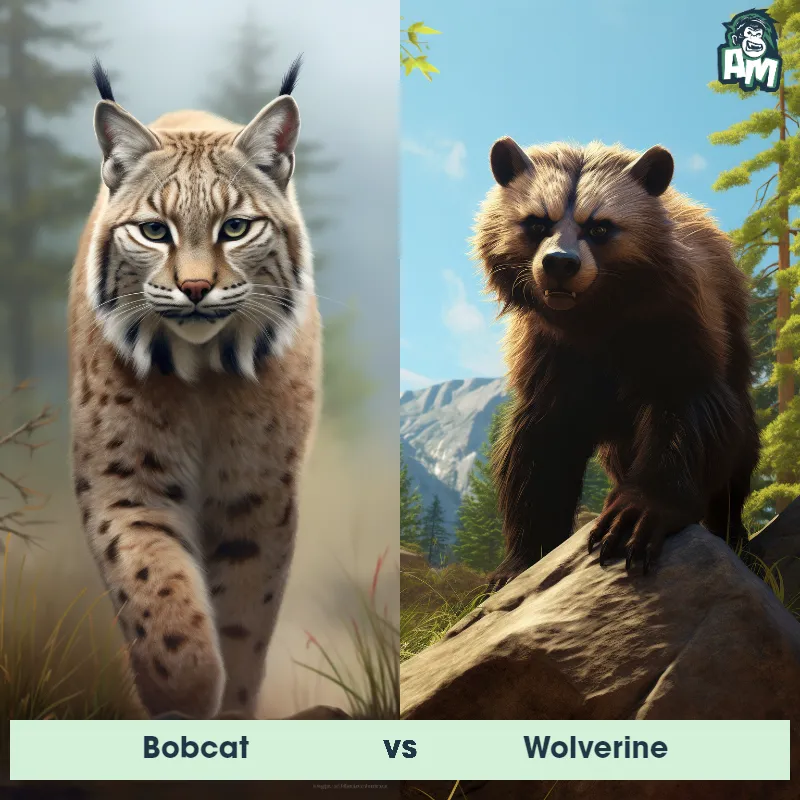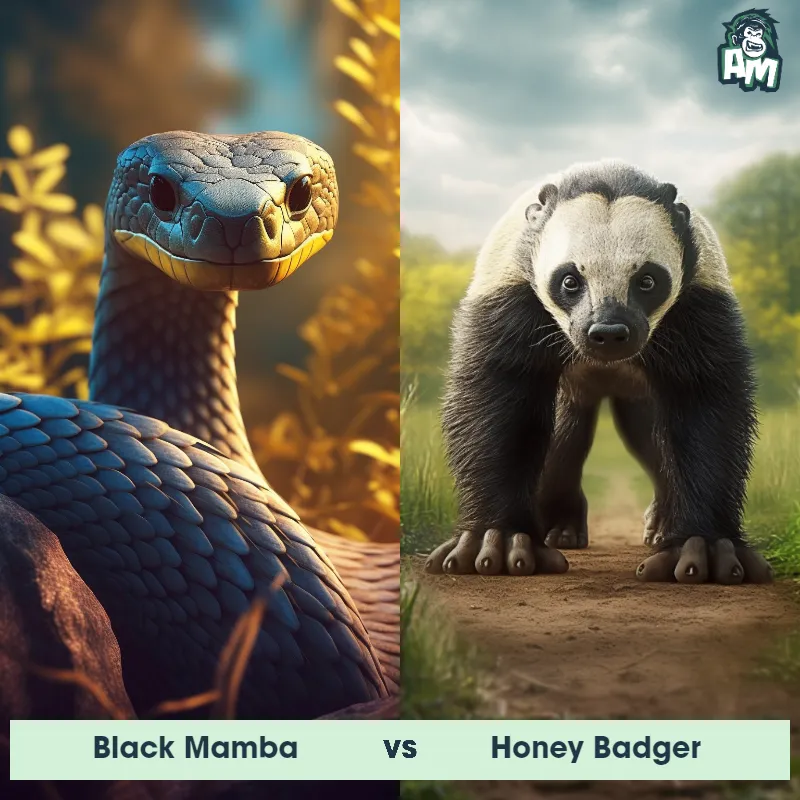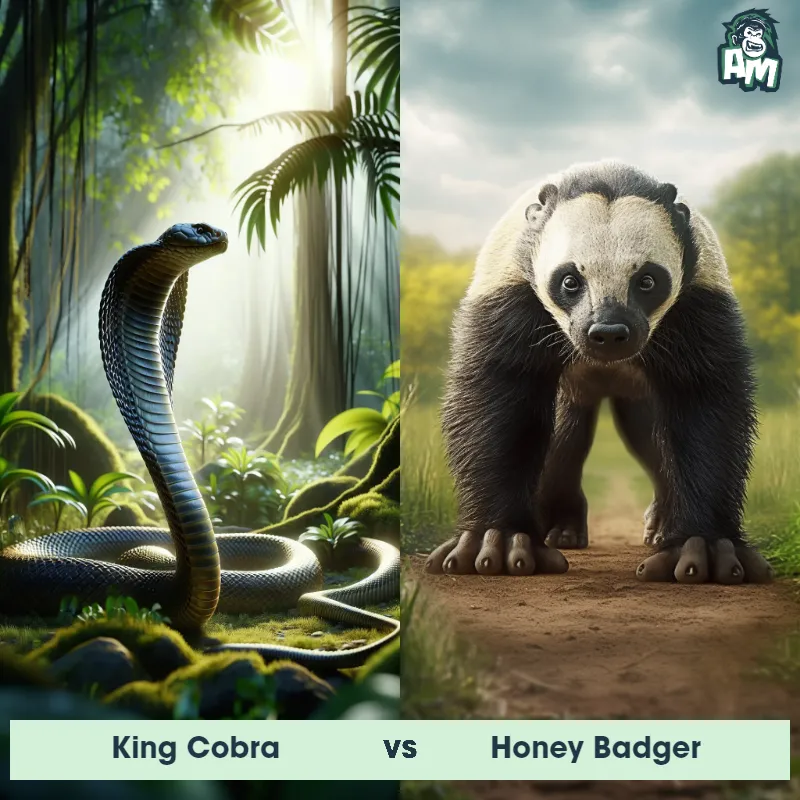Honey Badger vs CapybaraSee Who Wins

Ladies and gentlemen, welcome to this thrilling matchup here today! We've got an intense battle on our hands as we witness a face-off between two formidable creatures - the agile and ferocious Honey Badger taking on the robust and resilient Capybara. These animals may come from different backgrounds, but they both share a tenacity and determination that will make for an electrifying showdown. Get ready to witness their clash in three action-packed rounds!
Contender 1: Honey Badger
The Honey Badger, also known as the ratel, is a small carnivorous mammal found in Africa, Southwest Asia, and the Indian subcontinent. They have a stocky build, with a broad head, powerful jaws, and sharp claws. Their fur is thick and coarse, ranging in color from gray to black with a distinctive white stripe on their back. Honey Badgers are known for their fearless and aggressive nature, often taking on animals much larger than themselves, such as lions and hyenas. They are also known for their ability to withstand venomous snake bites and their love for honey, which they obtain by raiding beehives.
Fun Fact: Honey Badgers have been known to dig up and eat buried human corpses, earning them the nickname "the world's most fearless animal."
Contender 2: Capybara
The Capybara, also known as Hydrochoerus hydrochaeris, is the largest rodent in the world. They are native to South America and are semi-aquatic creatures that spend a significant amount of time in water. Capybaras have a stocky, barrel-shaped body with a short head, small ears, and eyes positioned high on their head. They have webbed toes and can even close their ears and nostrils when fully submerged. Closely resembling a giant guinea pig, they have short, coarse fur that can vary in color from reddish-brown to gray, and their front teeth continue to grow throughout their lifespan.
Fun Fact: A fascinating fact about Capybaras is that they are highly social animals and are known to form close-knit family groups. They live in large herds of up to 100 individuals, comprising several adult males, females, and offspring. These herds have a hierarchical structure, with a dominant male leading the group and defending his territory and harem of females.
Matchup Stats
| Honey Badger | Capybara | |
|---|---|---|
| Size | 25-30 inches (63-76 cm) in length | About 1.2 meters (3.9 feet) in length |
| Weight | 19-26 pounds (9-12 kg) | Around 50-65 kilograms (110-143 pounds) |
| Speed | Speed: 20 mph (32.19 km/hr) | 22 mph (35 km/h) |
| Key Strength | Powerful jaws and sharp claws | Powerful jaws and strong legs for defense |
| Biggest Weakness | Short legs and small size | Less agile on land compared to in water |
Current Votes
Honey Badger vs Capybara
See Who Wins
View More Matches
Looking For More?
Similar Matches
Scientific Stats
| Honey Badger | Capybara | |
|---|---|---|
| Scientific Name | Mellivora capensis | Hydrochoerus hydrochaeris |
| Family | Mustelidae | Caviidae |
| Habitat | Terrestrial | Semi-aquatic, found in wetlands and grassy areas near water bodies. |
| Geography | Africa, Southwest Asia, and the Indian subcontinent | Native to South America, specifically found in countries such as Brazil, Venezuela, Colombia, and Argentina |
| Diet | Carnivorous, eats small mammals, birds, reptiles, insects, and honey | Herbivorous, primarily feeding on grasses and aquatic plants. |
| Lifespan | 24 years - 26 years | 10 years - 12 years |
Key Differences between Honey Badger and Capybara
- Ears: Capybaras have large, round ears that are easily visible, while Honey Badgers have smaller, rounded ears that are less noticeable and more hidden within their fur.
- Body shape: The Capybara has a stout and barrel-shaped body with short, stocky legs, while the Honey Badger has a more elongated and slender body with longer legs.
- Facial features: Capybaras possess a round face with small eyes and a blunt snout, while Honey Badgers have a more pointed snout with a distinctive white or pale-colored face, including a dark stripe from the eyes to the snout.
- Size: The Capybara is significantly larger, reaching lengths of 4 feet and weighing up to 150 pounds, while the Honey Badger is comparatively smaller, measuring approximately 2 feet in length and weighing around 30 pounds.
- Tail: Capybaras have a relatively short and thick tail, typically measuring up to 7 inches, whereas Honey Badgers possess a long, bushy tail, often reaching lengths of almost 12 inches.
- Coat color: Capybaras typically have a brown or reddish-brown coat with a few lighter patches, while Honey Badgers have a predominantly gray or black coarse and shaggy fur, often with a white stripe running from the head to the tail.




